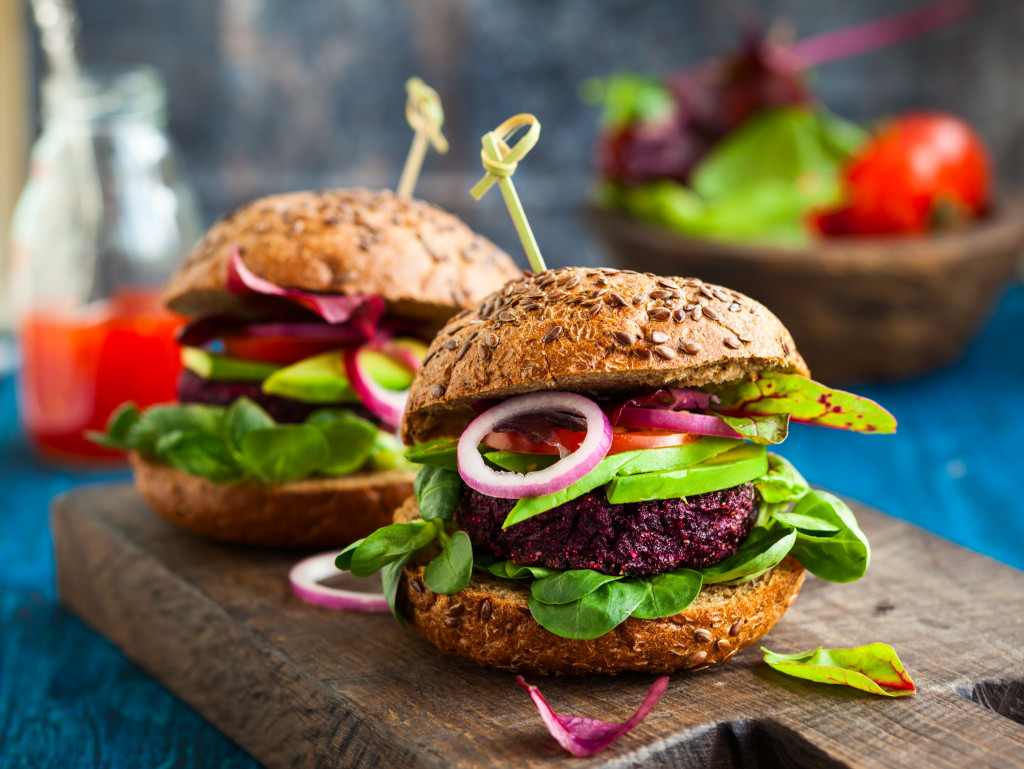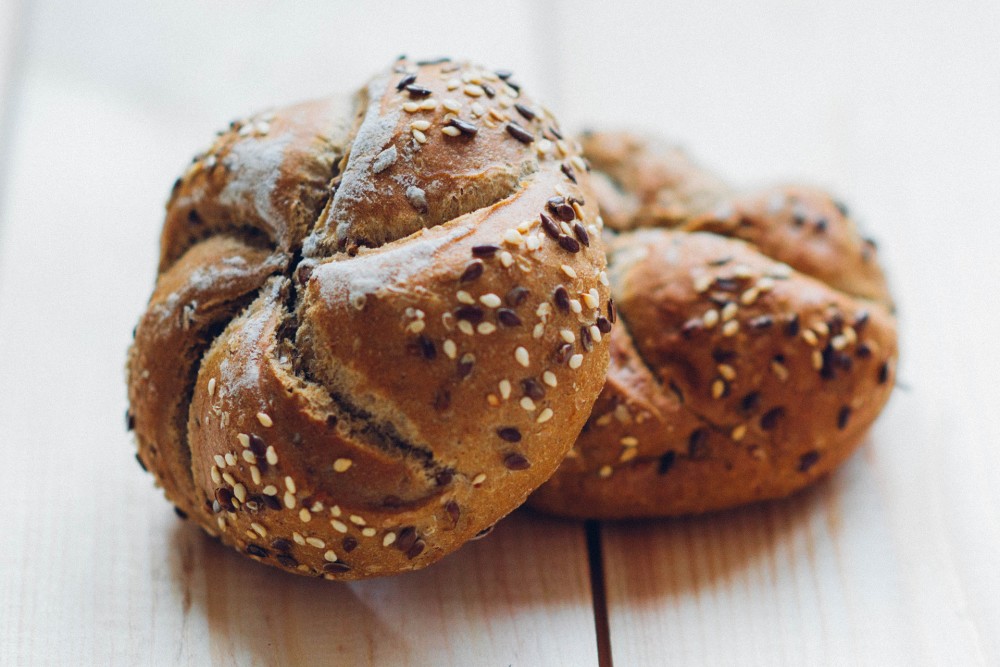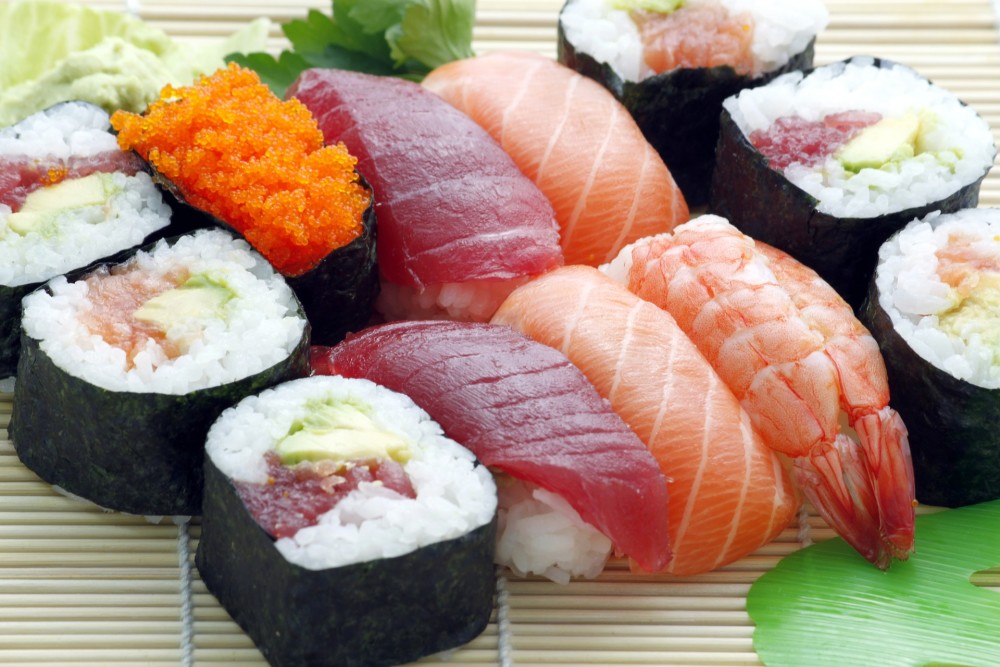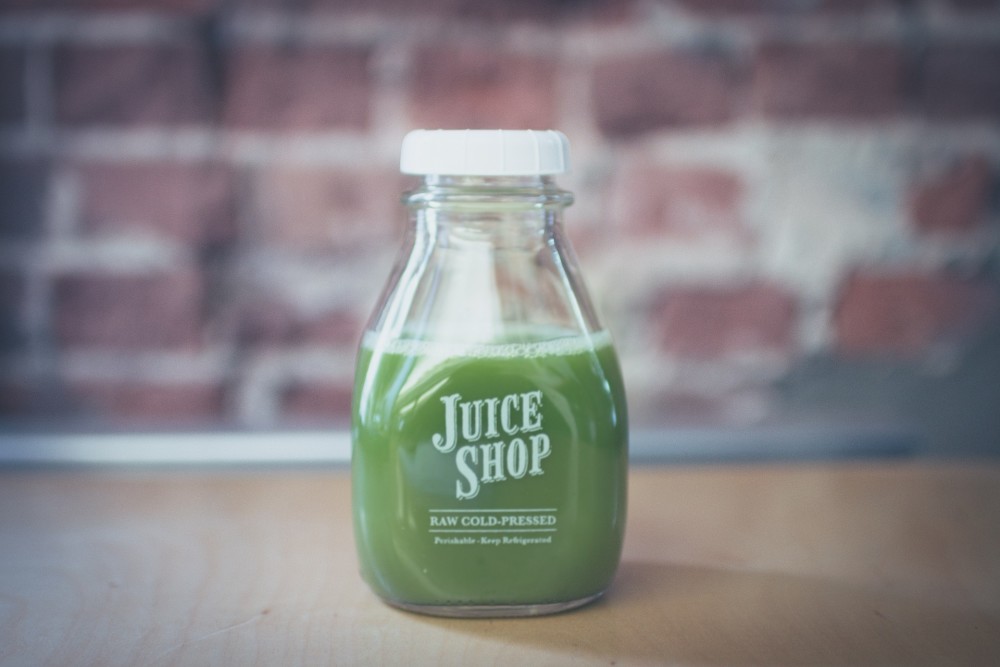 If you work full time, in 2015 you would have consumed almost 240 work lunches. That’s a lot of lunches, and a decent chunk of your overall diet, – which means that the choices you’ve made and the foods you’ve eaten have likely had a big influence on your health.
If you work full time, in 2015 you would have consumed almost 240 work lunches. That’s a lot of lunches, and a decent chunk of your overall diet, – which means that the choices you’ve made and the foods you’ve eaten have likely had a big influence on your health.
The healthiest lunches are generally the ones you make yourself. Unfortunately, most of us are just not that organised and instead have to navigate the minefield of food courts and cafes with their overwhelming array of choice.
But despite all this choice, identifying a healthy option can still be a battle and it’s tempting just to stick with your favourite chicken schnitzel roll, convincing yourself that it contains chicken, lettuce and tomato and therefore must be healthy, right?
So, how to pick a healthy option? Let’s break it down.
What you need in a healthy lunch:
- Carbs: to give you energy and help you to concentrate. Go for low GI, high fibre carbohydrates such as multigrain or wholemeal bread or wrap, pasta, brown rice, quinoa, which will give you longer lasting energy and help keep your digestive system happy
- Protein: To fill you up, keep blood sugar levels steady and help your muscles to grow and repair. Lean protein such as chicken breast, fish (tinned or fresh), lean beef, reduced fat cheese, feta, tofu, legumes are the best sources
- Plenty of veg: – for fibre, vitamins and minerals, and to help fill you up. Load up on non-starchy vegetables like lettuce, spinach, tomato, cucumber, capsicum, mushrooms – the more the better – and smaller amounts of starchy veg like potato, sweet potato and pumpkin.
And remember, what’s in your lunch can be just as important as what’s not in it. If you’re wondering how your regular order stacks up, run it through this checklist:
 ✓ Does it contain some low GI, high fibre carbohydrates such as wholemeal or multigrain bread or a wrap, pasta, brown rice or quinoa?
✓ Does it contain some low GI, high fibre carbohydrates such as wholemeal or multigrain bread or a wrap, pasta, brown rice or quinoa?
✓ Does it include some lean protein such as skinless chicken breast, fish, lean red meat, eggs, reduced fat cheese, legumes or tofu?
✓ Does it include plenty of non-starchy vegetables like lettuce, spinach, tomato, capsicum, mushrooms and cucumber?
✗ Are any of the ingredients deep-fried, crumbed or battered e.g. chicken schnitzel, falafel balls, chips?
✗ Does it include lots of refined carbohydrates like white bread or white rice?
✗ Does it include a lot of creamy sauce or salad dressing?
Aim for as many ticks and as few crosses as possible
Some of the best lunch options:
- Sandwiches, wraps or rolls made with multigrain or wholemeal bread, plain chicken, tuna or lean red meat and lots of salad
- Salads with lean meat, egg or legumes like lentils, chickpeas or beans, plenty of different vegetables and some brown rice or quinoa – and a small amount of dressing, preferably a non-creamy one
- Grilled chicken or fish with vegetables or salad
- Pasta with a tomato based sauce
- Baked potatoes with a vegetable based topping such as baked beans and salad plus a small amount of cheese
- Plain hamburgers with lots of salad (ditch the bacon, fried onion and fried egg and go easy on the cheese)
- Vietnamese rice paper rolls with some lean meat, chicken, fish or tofu and plenty of vegetables
- BBQ chicken with the skin removed, a multigrain roll and salad
- Vegetable soup (a non-creamy one) with a multigrain roll
 And some that aren’t as healthy as you might think
And some that aren’t as healthy as you might think
- Sushi – it might be low in fat, but the vast majority of most sushi is white rice – a highly refined carbohydrate stripped of many of its nutrients. Plus we generally douse it in soy sauce which is extremely high in salt. If you’re a sushi fan, choose brown rice instead of white and go easy on the soy sauce
- Falafels – they’re made from healthy protein and fibre rich chickpeas, but unfortunately they’re deep fried, meaning they’re high in fat
- Salads with lots of dressing – salads are great, but when they’re drenched in creamy, oily dressings, you might as well be having a burger. A bit of dressing is fine but ask for it on the side or in a separate container so you can control how much you add
 Juices (yep, that includes ‘cold pressed’) – despite their image as an elixir of health, juices are not all they’re cracked up to be. Yes they’re a great source of vitamins and minerals, but because they are made from mostly processed fruit, they are high in sugar and low in fibre. You’re better off getting these nutrients from fresh, whole fruit and vegetables which offer the added bonus of fibre and much less sugar
Juices (yep, that includes ‘cold pressed’) – despite their image as an elixir of health, juices are not all they’re cracked up to be. Yes they’re a great source of vitamins and minerals, but because they are made from mostly processed fruit, they are high in sugar and low in fibre. You’re better off getting these nutrients from fresh, whole fruit and vegetables which offer the added bonus of fibre and much less sugar- Anything ‘organic’, ‘sugar free’ or ‘healthy’ – while foods bearing these claims can indeed be good options, many are still be very high in fat and sugar. For example, an organic falafel burger may be made with organic ingredients but its still likely deep fried, high in salt and kilojoule dense. Don’t be sucked in by clever marketing, look at what’s actually in the product rather than just it’s fancy label.
Got lunch sorted but not sure what to snack on? Check out my Top 10 Healthy Snacks
Leave a Reply